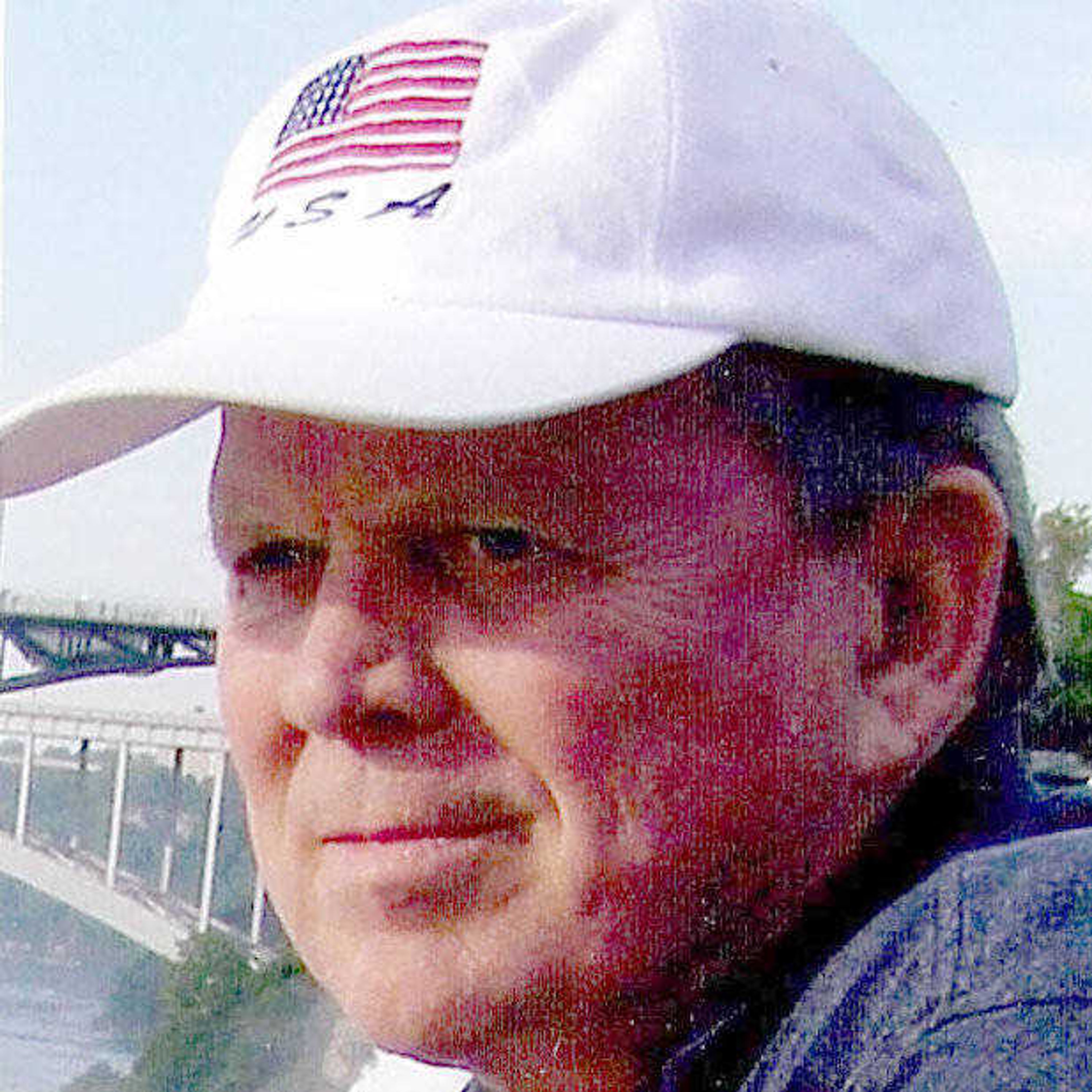President Obama and executive orders
Presidential executive orders are under heavy attack now that President Obama has used such orders from the White House to delay deportation of some illegal aliens and to normalize relations with Cuba. Some of his strongest critics have said he has turned the Constitution on its ear, violated its provisions, and, perhaps, has committed an impeachable offense...
Presidential executive orders are under heavy attack now that President Obama has used such orders from the White House to delay deportation of some illegal aliens and to normalize relations with Cuba. Some of his strongest critics have said he has turned the Constitution on its ear, violated its provisions, and, perhaps, has committed an impeachable offense.
Our Constitution directs that governmental power is shared between the executive, legislative and judicial branches of government. From time to time, two or more of the branches get in conflict over which power belongs to which branch. Presidential executive orders create just such a conflict. By definition, a presidential executive order is a direction given from the White House that has all of the force of law without Congressional process.
So, just how many executive orders has President Obama given and how important are they in the governmental scheme of things? The Obama executive orders, including the recent ones regarding our national immigration dilemma and the Cuba initiative, number 168 after six years in office. That is an average of 28 per year. Putting that total in perspective, the average number of executive orders given by presidents since the administration of Harry Truman, 62 years ago, is 72 per year. In short, President Obama has used his executive order powers less than half the number of times his predecessors used theirs.
In contrast, Richard Nixon used 346 executive orders, Ronald Reagan 381, Bill Clinton 364 and George W. Bush 291. During our history, by far the most presidential executive orders were issued by President Franklin Delano Roosevelt, 3,522, in the heart of the Great Depression.
Lest you think the Obama orders have been more important and/or more divisive than those used by previous presidents, let me cite a few past executive orders to weigh against the more recent ones. The Emancipation Proclamation issued by President Abraham Lincoln to free the slaves in 1863 was an executive order. Harry Truman used such an order to integrate the military in the late 1940s. Dwight Eisenhower used one to desegregate schools in 1952. None of the three would have made it through Congress in those troubled years. The impact of President Obama's presidential orders pales in comparison to those three blockbusters.
Did you ever hear the expression, "Tempest in a teapot?" The furor over executive orders is such a tempest. After all, Congress can take action and vote to change them and the next president can make a past president's executive orders disappear with the turn of a pen, as Bill Clinton did with several of Ronald Reagan's.
Connect with the Southeast Missourian Newsroom:
For corrections to this story or other insights for the editor, click here. To submit a letter to the editor, click here. To learn about the Southeast Missourian’s AI Policy, click here.










